
In light of UBC receiving the International District Energy Association Award for Innovation for the Bio-energy Research and Demonstration Facility (BRDF), David Woodson, Managing Director of Energy and Water Services, explains what made the BRDF stand out and how it helps UBC advance its sustainability goals while supporting teaching, learning and research.

What is BRDF and what makes it stand out as innovative energy platform?
Using renewable fuels, BRDF produces steam, electricity, and hot water that is then distributed for use in campus buildings. In combination with our primary energy source, the Campus Energy Centre, 11km of district piping and over 100 energy transfer stations it makes up UBC’s district energy system.
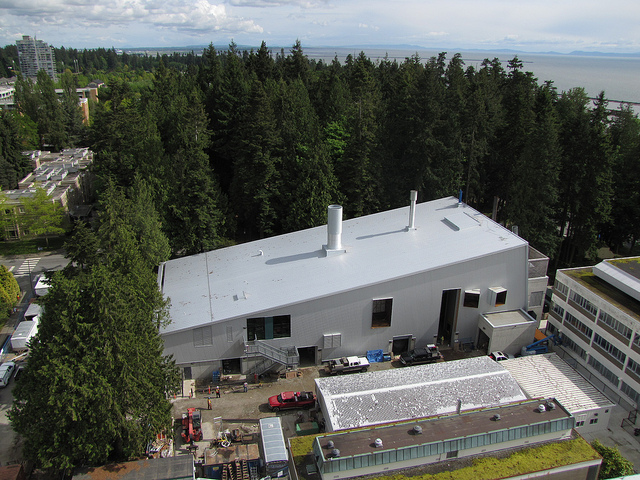
By using biomass (clean wood waste), it helps UBC reduce greenhouse gas (GHG) emissions by replacing conventional fuels such as natural gas and fuel oil with a renewable fuel.
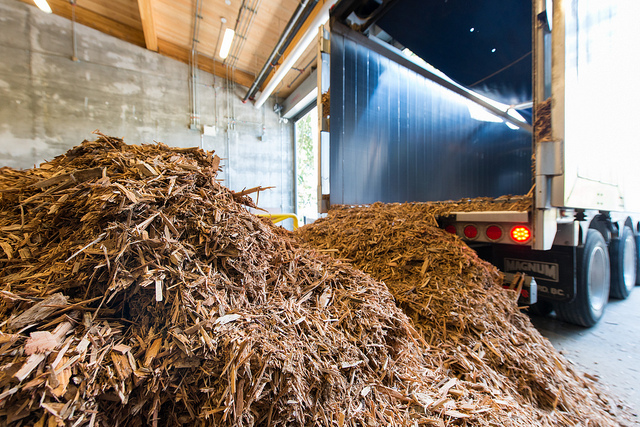
What’s unique about the BRDF is that it was the first project of this scale in North America capable of generating both clean heat and power using biomass, a plant-based, renewable energy alternative to fossil fuels.
The use of wood waste to produce electricity was limited in its success, and has since been replaced by the use of renewable natural gas. This improvement has resulted in an enhanced operation of the facility enabling the BRDF to meet the summer thermal load of the campus.
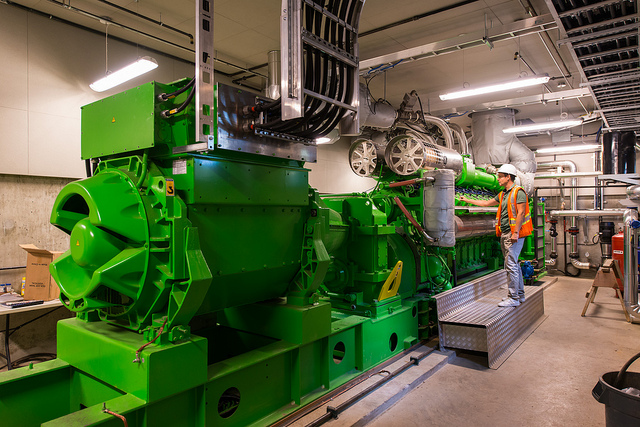
As a result, in 2015, the BRDF completed its third year of operation, producing 23 per cent of total campus steam production, significantly reducing natural gas use on campus and the overall campus GHG emissions by 14 per cent compared to 2007 levels.
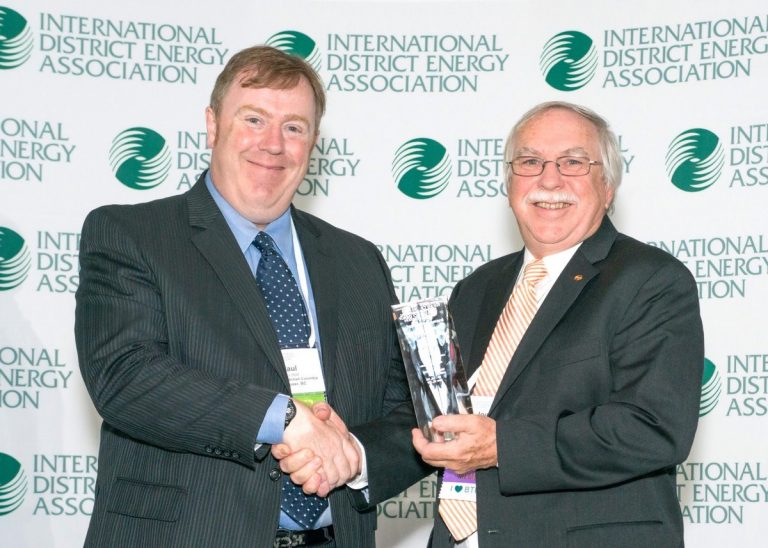
Beyond the operational achievement, the facility is unique because it is a physical manifestation of the Campus as a Living Laboratory concept which allows us to integrate UBC’s core academic mandate (research and teaching) with the university’s operational and infrastructure requirements.
Establishing research laboratory space inside an operational facility is a unique concept that has garnered significant positive attention from our peers.
What are you proud of in terms of this project?
The IDEA Innovation Award is a wonderful recognition from our peers for the tremendously innovative work that has been done here on our Vancouver campus.
I’m proud to see the BRDF successfully contributing to UBC's Greenhouse Gas emission reductions while also facilitating academic efforts – we’ve had 11 spin-off research and development projects that engaged 14 UBC faculty and a larger number of students.
Overall, I’m proud because the collective work of our faculty, staff, students and community partners resulted in a facility that is helping inform energy innovations beyond the campus.
What inspires you?
I’m inspired to work with highly engaged and extremely intelligent staff who are so innovative in their efforts to advance UBC’s sustainability goals and contribute to the overall UBC effort to address climate change in a fiscally responsible manner. It is also inspiring to work with our academic partners.
I’m inspired by the opportunity to create a happier, healthier and more sustainable community through energy innovation.
We have an opportunity to leverage our city sized campus infrastructure assets for the Campus as a Living Lab concept to facilitate opportunities for continued research and innovation of great interest to industry and community partners.
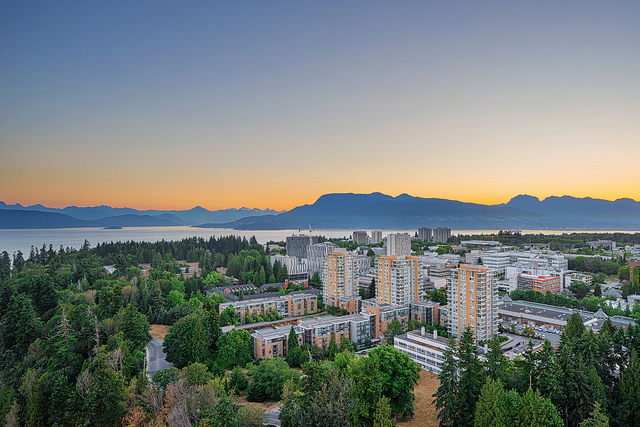
I’m inspired by the thought that our efforts to reduce greenhouse gas emissions will make for a better world. In particular, it is a rewarding feeling knowing that our efforts will inspire others to take similar actions.
What’s next for energy innovation on campus?
I’m looking forward to working with our campus partners to further reduce UBC’s greenhouse gas emissions by 67 per cent relative to 2007 level.
There are some great opportunities for innovation now that the new hot water district energy system is up in operation. Furthermore, I’m excited about deeper energy savings through the application of Wi-Fi Analytics technology as a proxy for occupancy and eliminating wasteful energy use in unoccupied spaces.